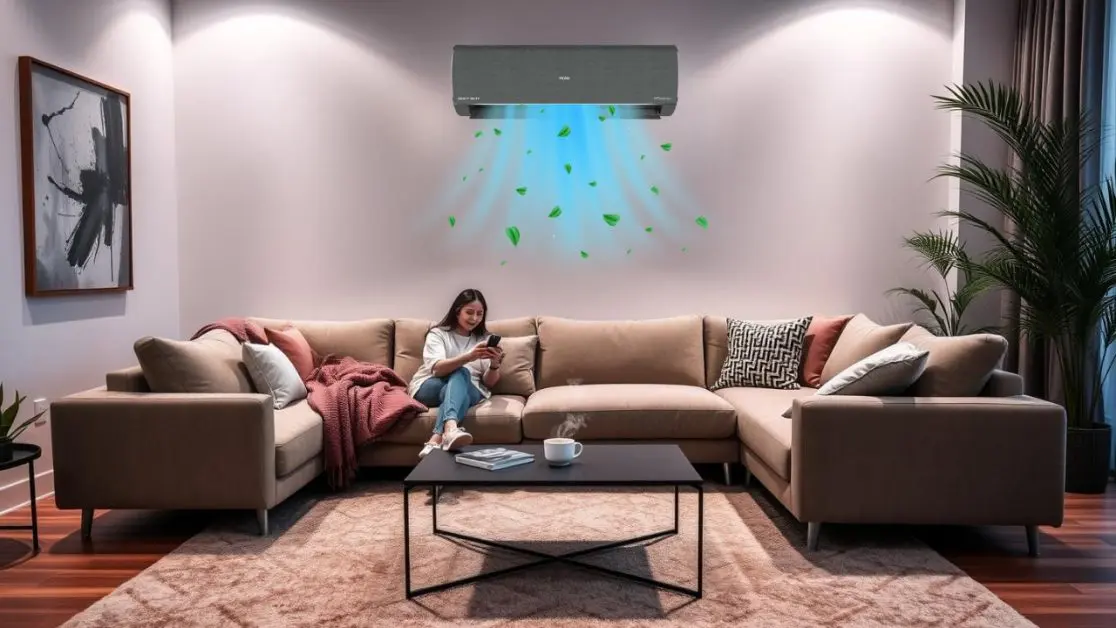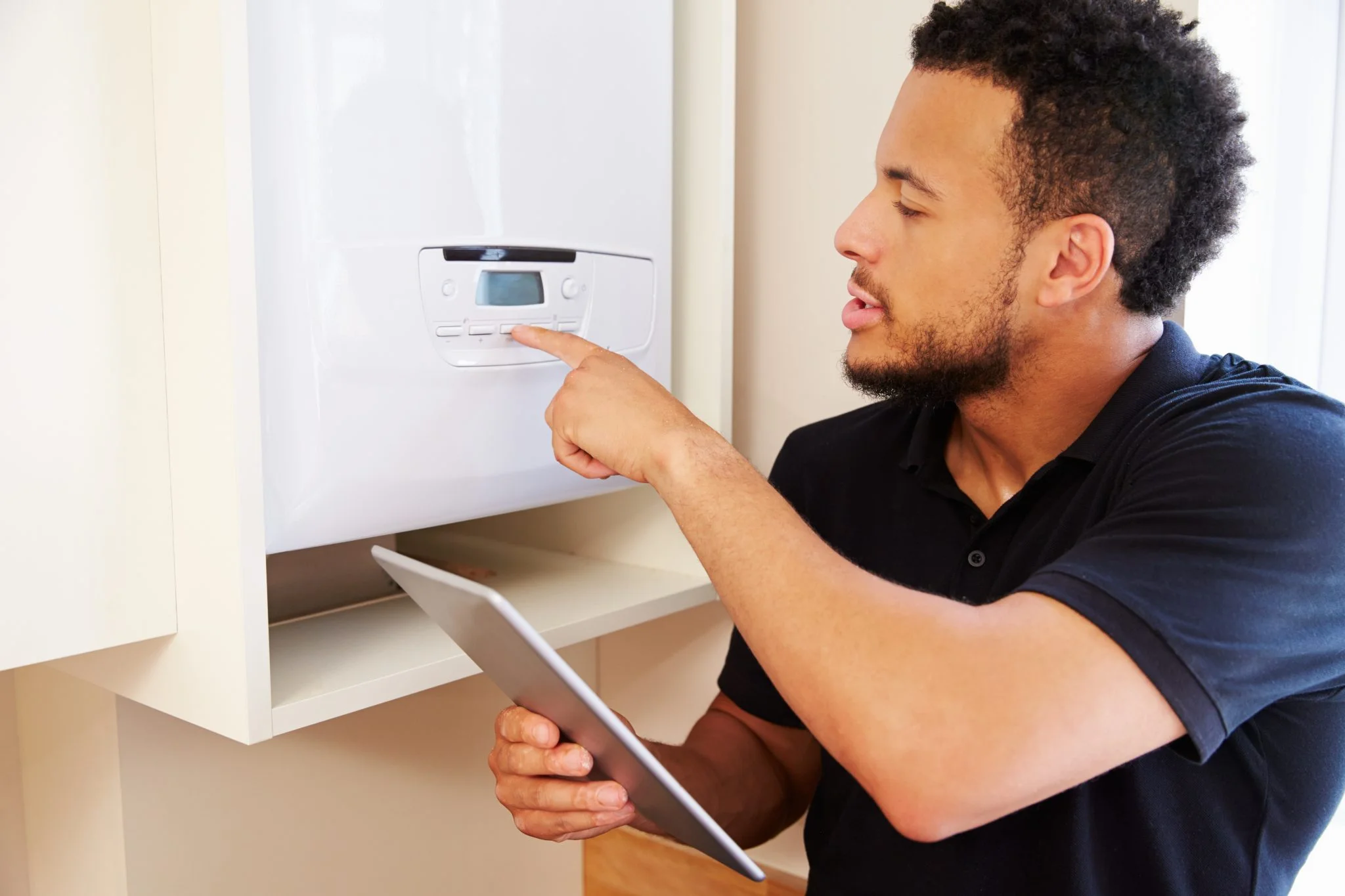Understanding Remotely Monitoring in Healthcare
Remotely monitoring patients is a transformative approach in modern healthcare, enabling providers to track patient health outside traditional clinical settings. This method leverages advanced technology, including wearable devices, mobile apps, and telehealth platforms, to collect vital health data in real time. By Remotely monitoring patients, healthcare providers can identify potential complications early, adjust treatment plans promptly, and improve overall patient outcomes.
Key Advantages of Remotely Monitoring Patients
Remotely monitoring patients offers numerous benefits for both healthcare providers and patients. First, it ensures continuous health oversight, reducing the need for frequent in-person visits. Second, it enhances patient engagement, as individuals can actively participate in managing their own health through accessible monitoring tools. Third, remotely monitoring patients can lead to early detection of health deterioration, allowing for timely intervention and potentially preventing hospital readmissions.
Improved Chronic Disease Management
For patients with chronic conditions, remotely monitoring is particularly beneficial. Conditions such as diabetes, heart disease, and hypertension require consistent tracking of vital signs and medication adherence. Remotely monitoring patients allows healthcare professionals to analyze trends over time and make data-driven decisions. This continuous oversight helps maintain stable health conditions, reduces complications, and improves the quality of life for patients managing chronic illnesses.
Enhancing Patient Safety Through Remotely Monitoring
Patient safety is a core priority in healthcare, and remotely monitoring patients significantly contributes to this goal. Through remote monitoring systems, healthcare providers can promptly detect abnormalities such as irregular heart rhythms, high blood pressure, or sudden changes in glucose levels. Remotely monitoring patients ensures timely alerts, allowing providers to act quickly and prevent serious health events. This proactive approach enhances patient safety and reduces the risk of emergency situations.
Cost-Effective Healthcare Solutions
Implementing remotely monitoring strategies can also reduce healthcare costs. By minimizing unnecessary hospital visits and preventing avoidable readmissions, healthcare facilities can optimize resource allocation. Patients benefit from lower travel costs and reduced time away from work or daily responsibilities. Remotely monitoring patients creates a more efficient healthcare system that balances quality care with financial sustainability.
Best Practices for Effective Remotely Monitoring
To maximize the benefits of remotely monitoring patients, healthcare providers should follow several best practices. First, selecting reliable and accurate monitoring devices is essential. Devices should seamlessly integrate with electronic health records (EHR) to ensure efficient data management. Second, healthcare professionals must provide proper training to patients, helping them understand how to use monitoring devices effectively. Third, maintaining data privacy and security is critical to protect sensitive health information during remotely monitoring processes.
Leveraging Technology for Remotely Monitoring
Modern technology plays a central role in remotely monitoring patients. Wearable devices track vital signs like heart rate, blood pressure, and oxygen levels. Mobile applications facilitate daily health logging, while telehealth platforms enable virtual consultations. Artificial intelligence (AI) can analyze remotely monitored data to identify patterns and predict potential health risks. By leveraging these technological tools, healthcare providers can deliver personalized care, improve clinical decision-making, and enhance patient satisfaction.
Patient Engagement and Education
Effective remotely monitoring requires active patient participation. Educating patients on the importance of consistent monitoring and proper device usage improves adherence and outcomes. Providers can engage patients through regular virtual check-ins, reminders, and health tips, ensuring that remotely monitoring is a collaborative effort. When patients understand their role in the process, remotely monitoring becomes a seamless and effective part of their healthcare journey.
Challenges and Solutions in Remotely Monitoring
While remotely monitoring patients offers significant advantages, it also presents challenges. Connectivity issues, device inaccuracies, and patient non-compliance can hinder effective monitoring. To address these concerns, healthcare providers should choose user-friendly devices, offer technical support, and establish clear communication channels. Implementing standardized protocols for data review and response ensures that remotely monitoring remains reliable and beneficial for all patients.
Future of Remotely Monitoring in Healthcare
The future of remotely monitoring patients is promising, driven by technological advancements and increasing demand for patient-centered care. Emerging innovations, such as AI-driven predictive analytics, remote diagnostics, and integrated smart home health systems, will further enhance the capabilities of remotely monitoring. As healthcare systems continue to embrace digital solutions, remotely monitoring patients will become a standard practice, improving care quality, accessibility, and efficiency.
Conclusion
Remotely monitoring patients is revolutionizing healthcare by enabling continuous, cost-effective, and patient-centered care. The benefits include improved chronic disease management, enhanced patient safety, and increased engagement, while best practices ensure effective implementation. By leveraging technology, educating patients, and addressing challenges proactively, healthcare providers can maximize the potential of remotely monitoring. As this practice continues to evolve, it promises to shape the future of healthcare delivery, making quality care accessible and efficient for all.


